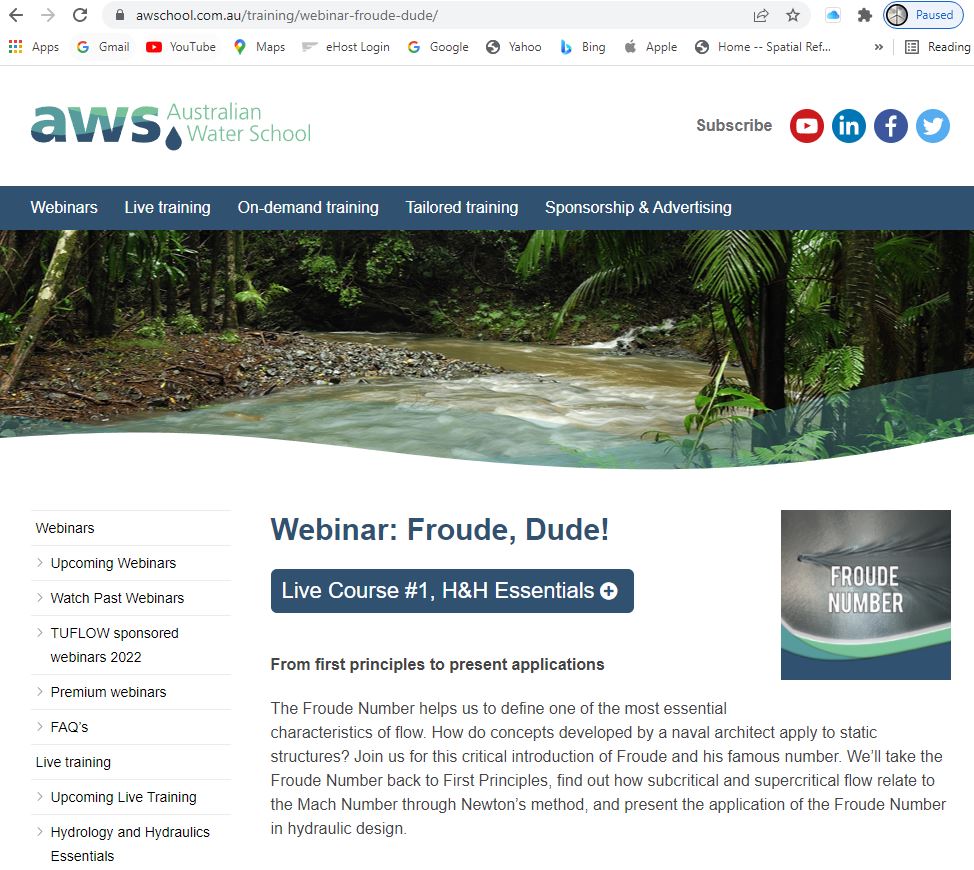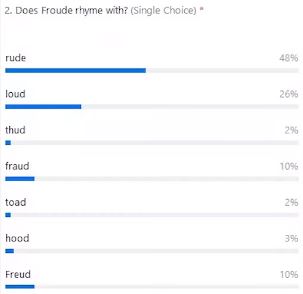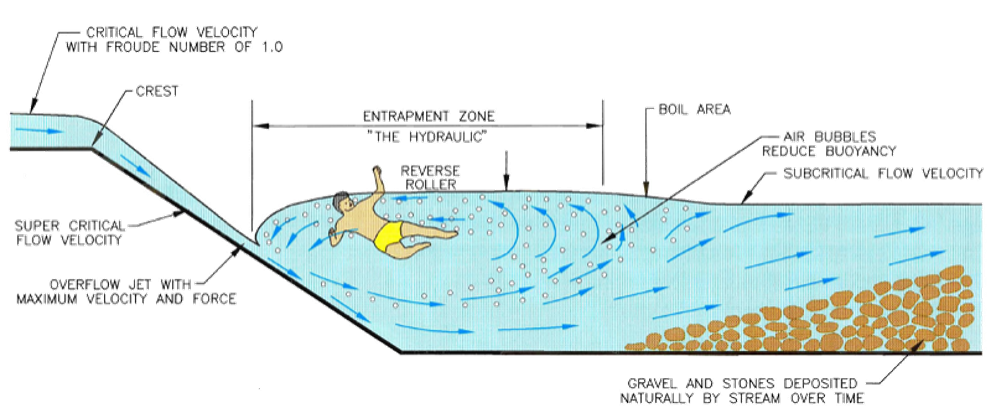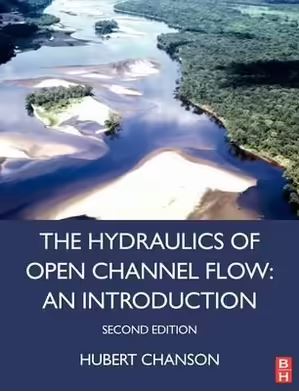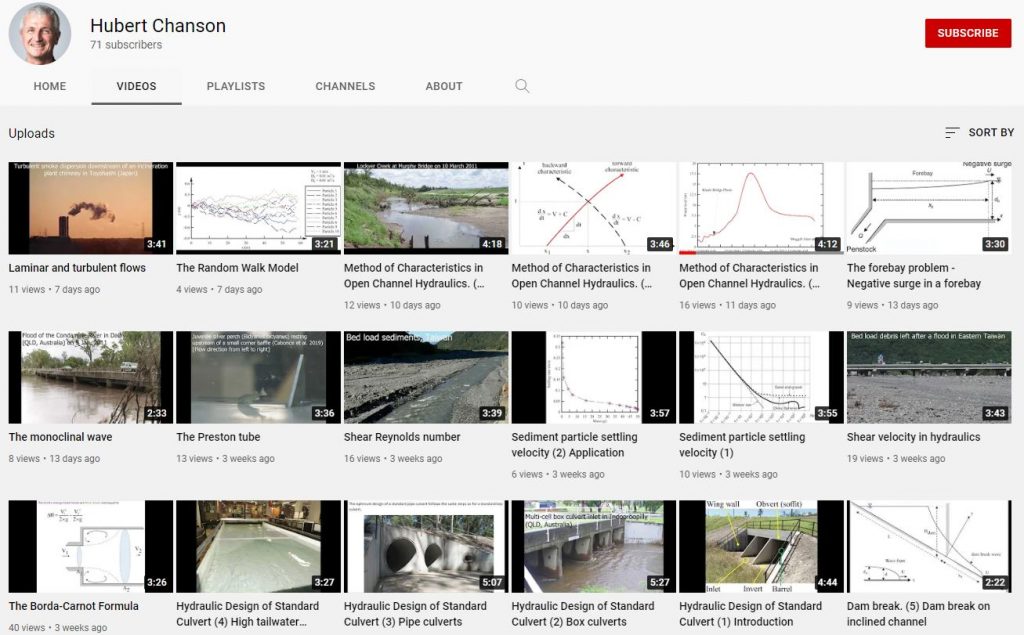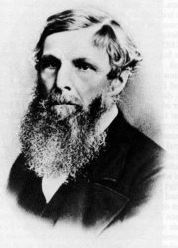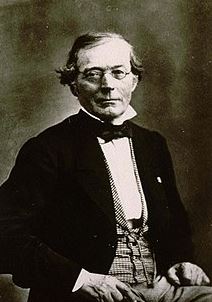Understanding the Froude Number in computational hydraulics
What do whips and ships have to do with weirs and piers? It’s Froude, dude!
Whether an object is moving through a fluid, or the fluid is moving past an object, the Froude Number helps us to define one of the most essential characteristics of flow. So how do concepts developed by a naval architect apply to static structures? We’ve assembled a team of experts who harness their years of career experience in academics and industry to answer that question and more, providing a “critical” introduction of Froude and his famous number. Find out why the Froude Number matters for your hydraulic modelling and design by viewing our 2 March 2022 webinar here:
Additional details on presenters and related webinars and courses are available on the Australian Water School website:
Our webinar takes the Froude Number back to First Principles; this page provides additional resources to support the webinar topic.
Let’s start with the pronunciation. Here are our poll results from the webinar:
So we didn’t quite get a majority, but a plurality have agreed that we can keep our webinar title as it is!
What’s the F in CFD?
Sometimes water modellers think the field of computational fluid dynamics refers to liquids, but air and other gases are also fluids that share some similar properties. Check out these breaking waves made of clouds:
And if you look at the Doppler effect, which involves sound waves in air, it might remind you of ripples in the water:
- A plane sitting on the runway (Mach=0)…or a rock dropped into still water (Froude = 0)
- A plane moving subsonically (Mach<1)…or a rock dropped into water moving subcritically (Frounde <1)
- A plane hitting the sound barrier (Mach=1)…or a rock dropped into water moving at critical velocity (Froude = 1)
- A plane moving supersonically (Mach>1)…or a rock dropped into water moving supercritically (Fround>1)
To apply the analogy of the Froude Number, all we need is to move the fluid medium (the water) instead of the object (say a fixed bridge pier). It’s all about your frame of reference:
It’s easy to imagine that a jet plane traveling at Mach 2 is traveling at twice the speed of sound, but how about water that is moving at Froude 2, or rather at a Froude Number of 2? Twice as fast as what? Essentially it is twice the speed of a ripple or wave in the water.
The Froude Number equation is actually quite simple, at least when “simplified” for shallow water with uniform flow. It is the ratio of the flow velocity to the wave velocity, which can be approximated as the square root of gravity times the average depth of flow:
Now that looks awfully familiar to the equation for the Mach Number:
To put this into real world terms, let’s have a look at a commute:
The flow is initially laminar, and speeds are only related to the surrounding environment. But once an obstruction is placed in the way, flow becomes turbulent, and a “backwater” wave of break lights means that speeds are now limited by the cars in front of you. This animation shows a circle, but you can play around with other configurations yourself on this free traffic simulation site. See if it reminds you of fluid flow, and next time you’re stuck in traffic, think of how the individual drops of water collectively transmit “energy” with a ripple effect!
Supercritical flow effectively limits the direction in which information can travel. No matter how much this poor bloke splashes around, for instance, no wave is going to make it up the spillway to get the attention of his mate facing the other direction at the top of the slope:
To help us explore how subcritical and supercritical flow in water relate to the Mach Number in the air, we’re joined by Kennedy Space Center engineer April Choi, who participated in several “Smarter Every Day” videos related to fluid dynamics.
Although April is most well known for her skills with a whip (she has broken over a dozen Guinness World Records in whip cracking, after all!), she is also an engineering manager who holds a Masters Degree in Computational Fluid Dynamics. April has applied her engineering knowledge not only in the field of engineering but also to perform all around the world in circus arts such as fire eating, aerial arts, whip cracking, and many others. So how are these feats related to the Froude Number and the Saint Venant equations? Well, you’ll just have to watch our webinar to find out!
This Smarter Every Day episode shows what happens in the transition from subsonic to supersonic motion, which is analogous to the critical depth threshold in open channel flow:
In this episode, April breaks down the shock waves from her world-record-holding whip skills:
Read April’s thesis here: Artificial Neural Network for Behavior Learning from Meso-scale Simulations, Application to Multi-scale Multimaterial Flows
For more about her multifaceted talents, check out April’s website here:
We presented a simplified form of the Froude Number equation above, but it actually comes in many forms, as Dr. Hubert Chanson explains in our webinar. Dr. Chanson is the author of “The Hydraulics of Open Channel Flow“, a widely used textbook for university-level civil engineering courses:
While the Froude Number is named after Englishman William Froude, did you know that it is called the Reech-Froude Number in France? Reech’s fellow Frenchman, Dr. Hubert Chanson, outlines the French contribution to the Froude Number during the webinar. If you would like more information on any of the topics covered by Dr. Chanson in the webinar, he has put together a series of free video lectures covering wide-ranging aspects of open channel flow. Subscribe to Dr. Chanson’s YouTube channel here:
On the webinar, you’ll also get to meet Chris Goodell, co-host of the Full Momentum vodcast and author of The RAS Solution blog.
Chris explains the application of the Froude Number from a practical perspective as it relates to flood modelling.
The principles that we have highlighted in this webinar will be explored further in the upcoming Hydrology and Hydraulics Essentials course series, which is open for registration now. Here is the registration link, and here is a video description of the content that will be covered in the course:
Here are some links in case you would like to read more about the contributions of William Froude and Ferdinand | Frederic Reech to the field of computational hydraulics:
Thanks to everyone who participated in our webinar. Please contact us with any queries or to suggest additional webinar topics.

